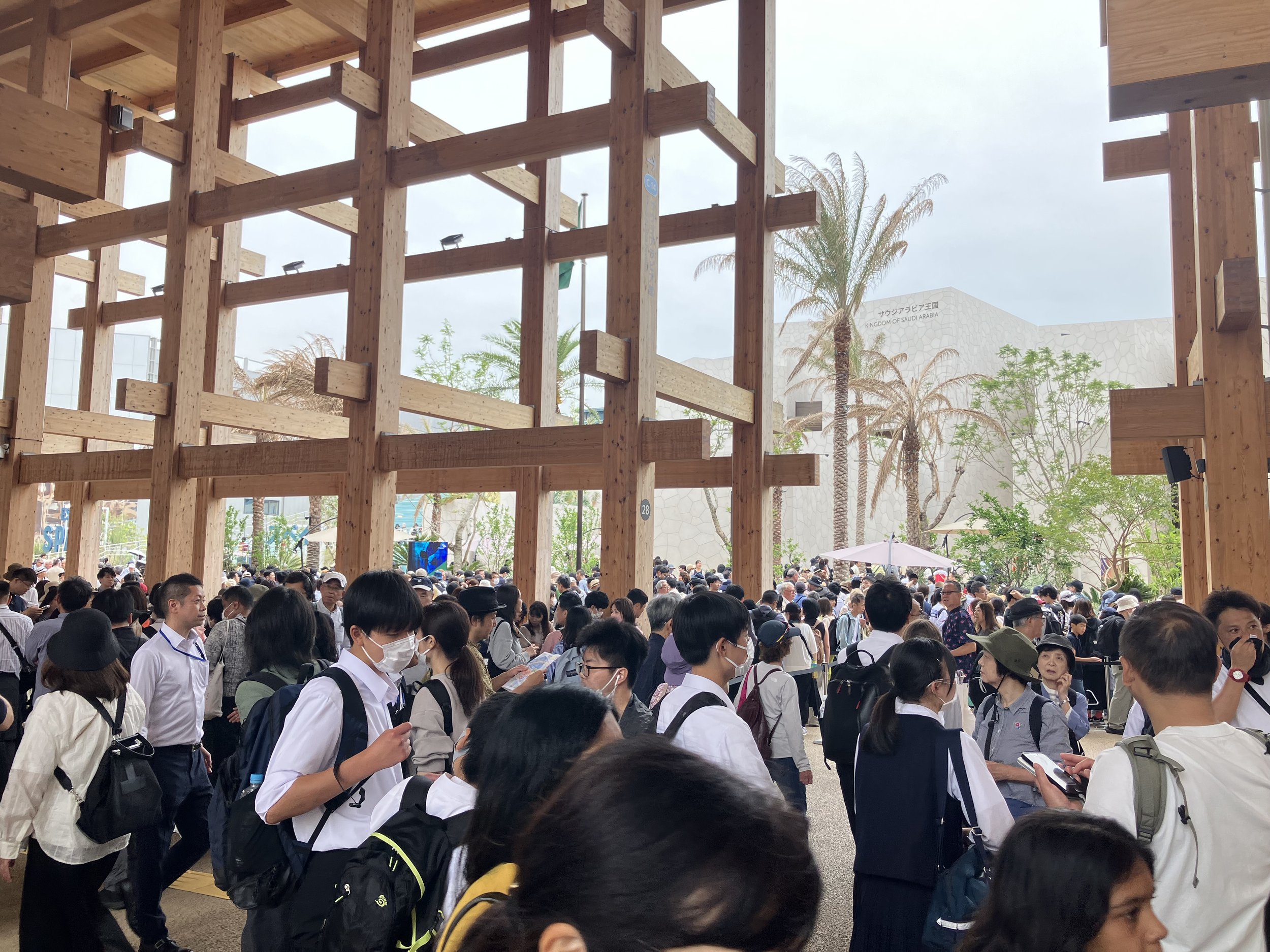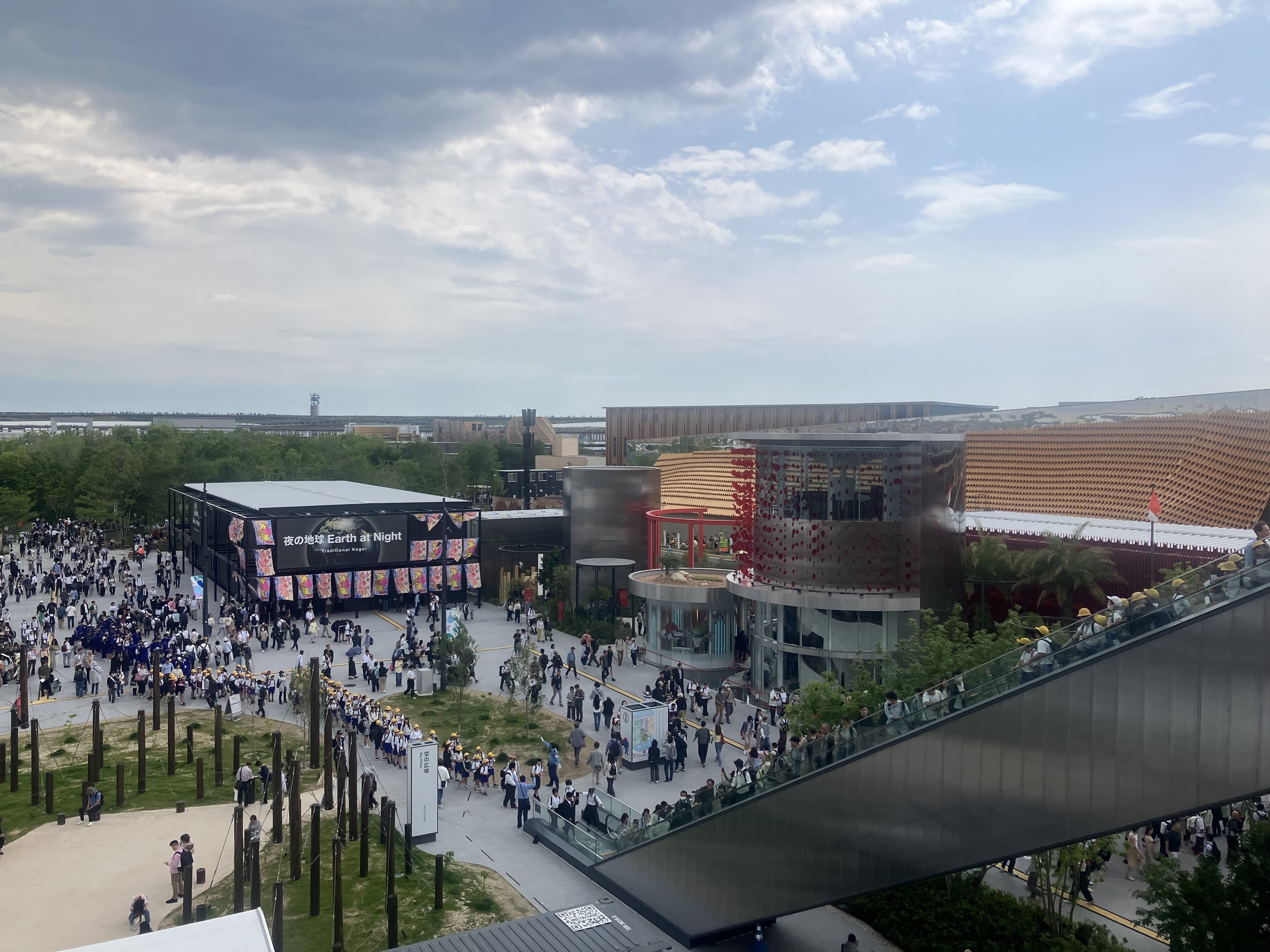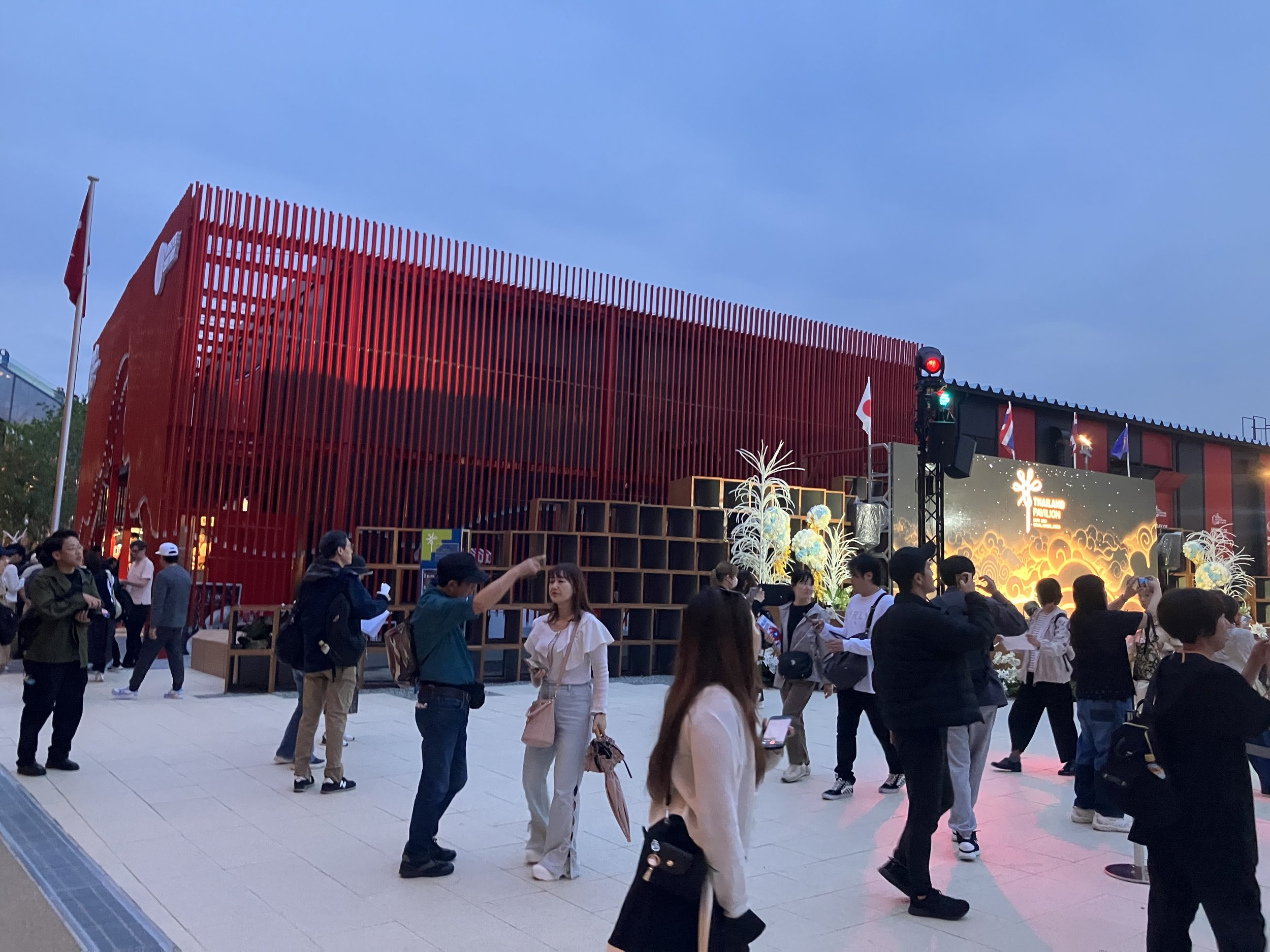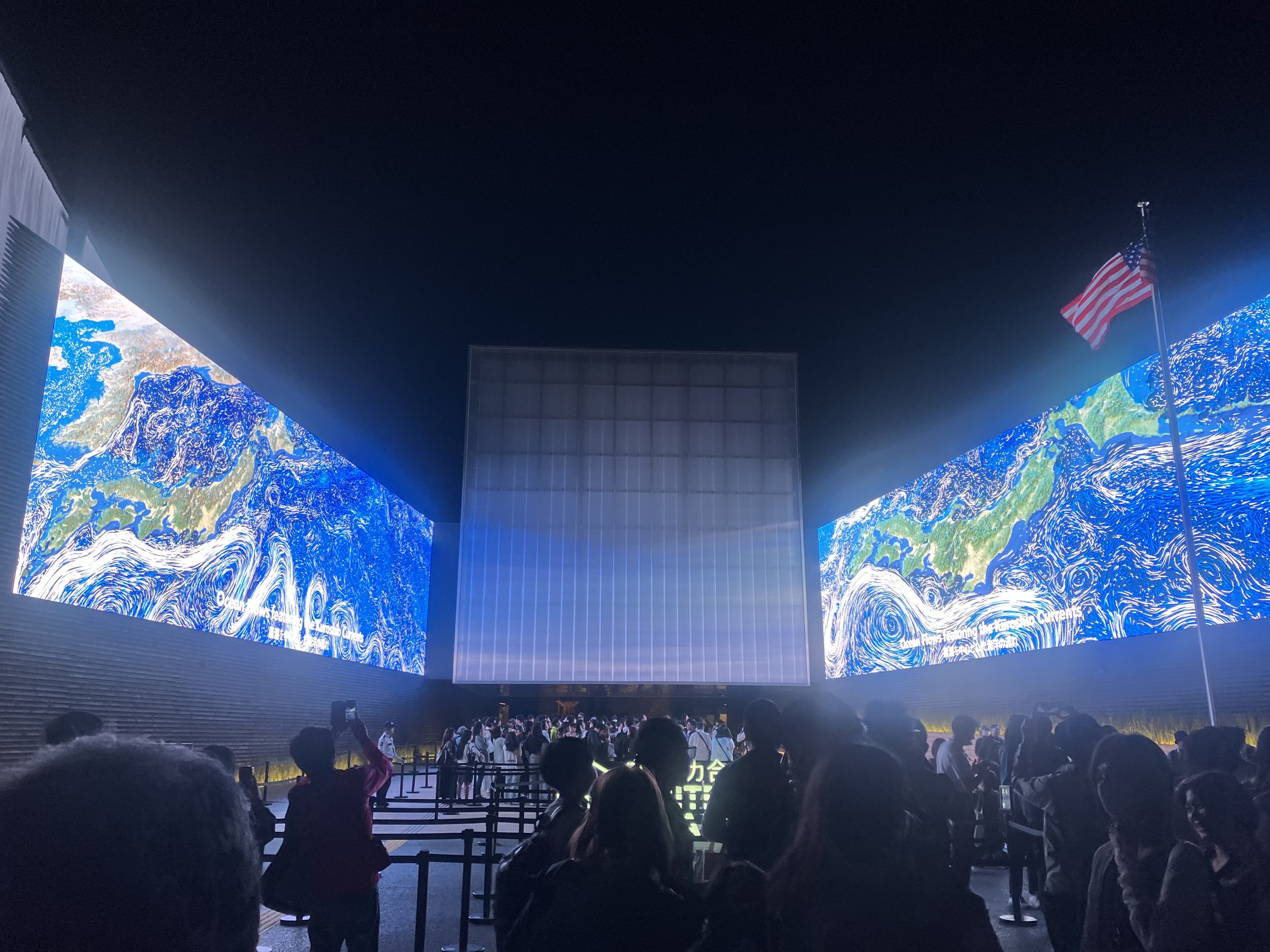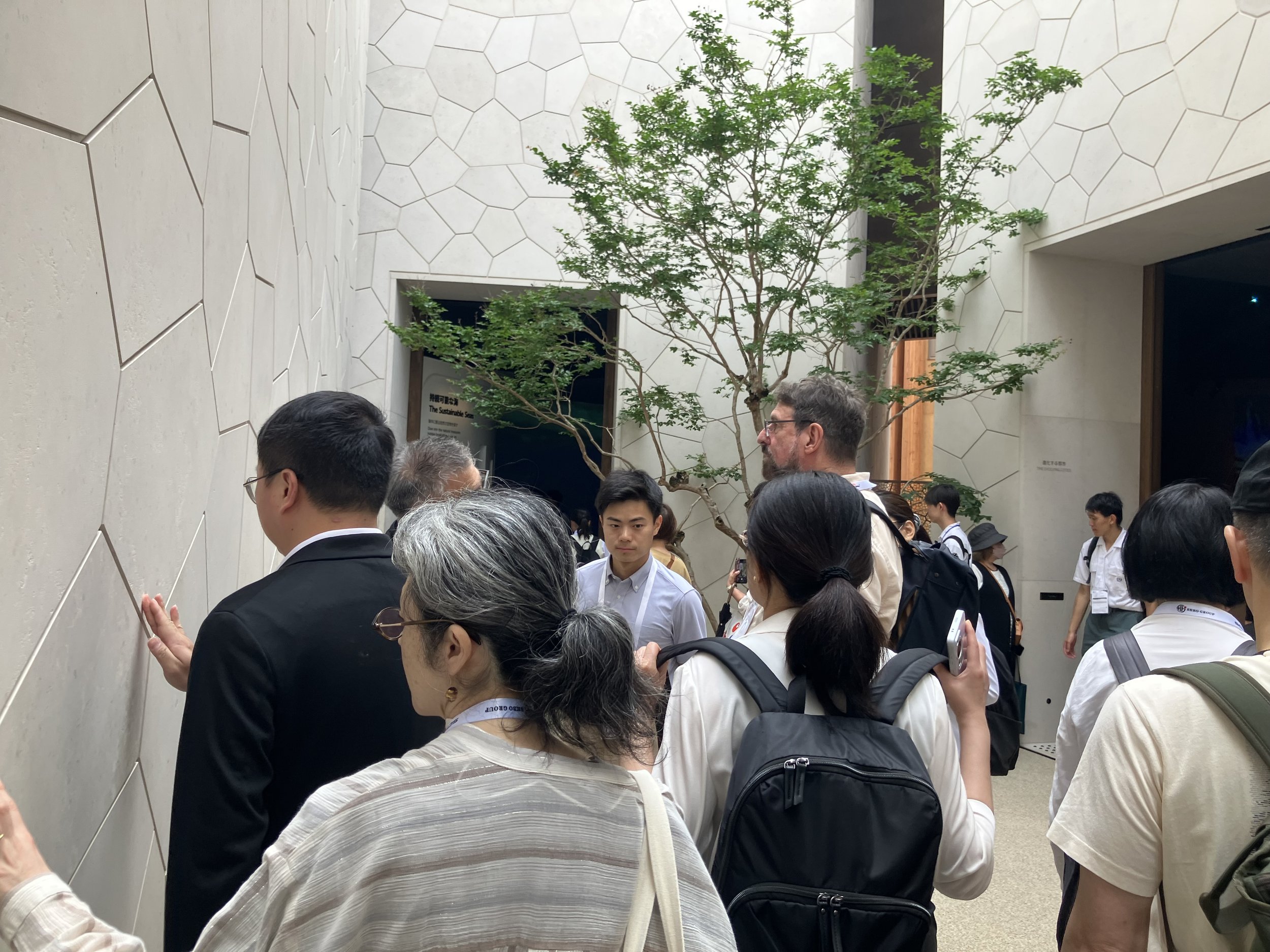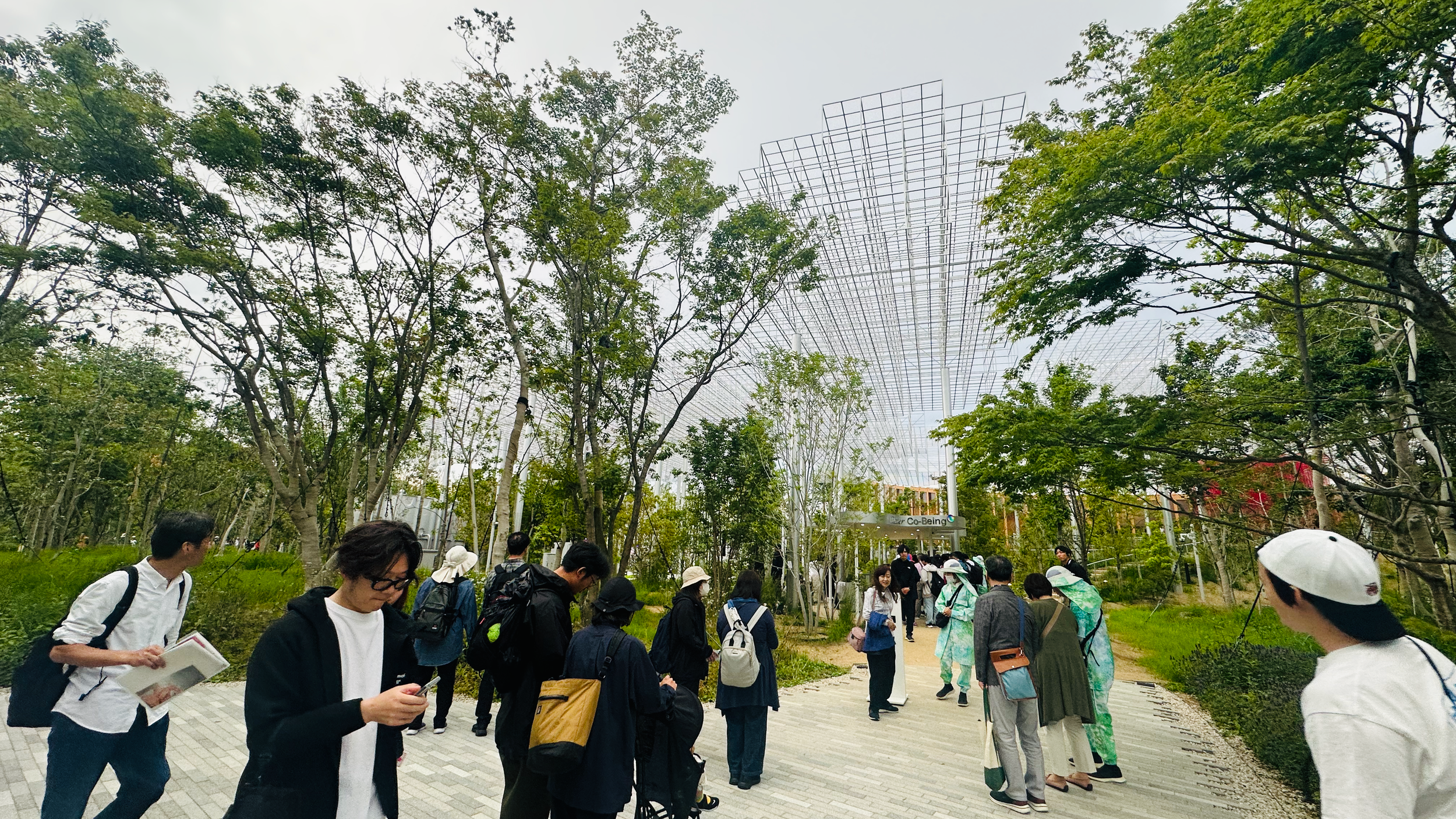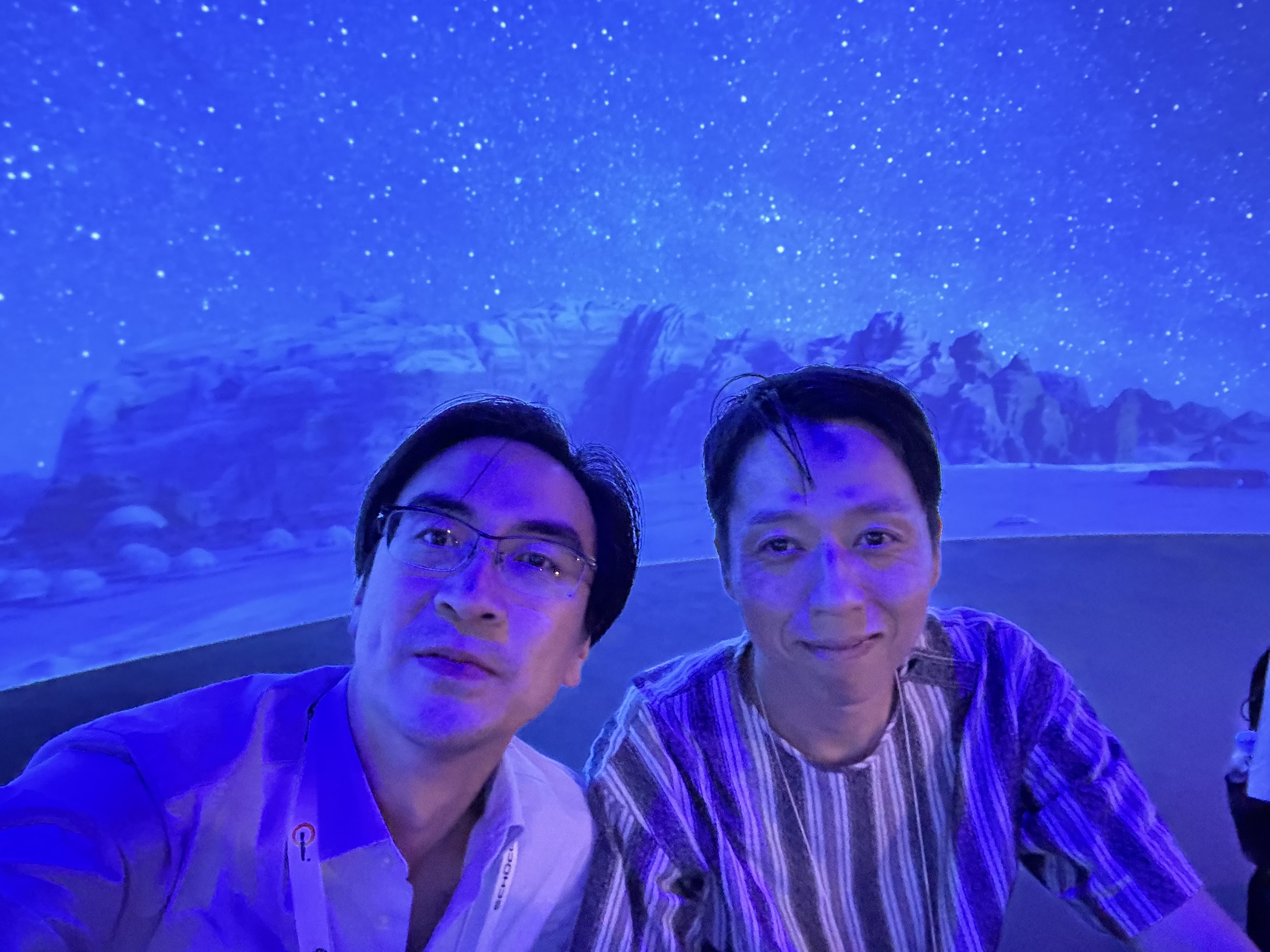Theme: Building the Future: Sustainable Connections
Slogan: Designing Tomorrow, Together
Chair: Segene Park, AIA
Documentary film
Puede ver el documental aquí en español.
Vous pouvez regarder le documentaire ici en français.
At the heart of Expo 2025 Osaka, Kansai, Japan, the AIA International 2025 Symposium emerged as a landmark event uniting global thought leaders, architects, and visionaries to reimagine the role of design in shaping a sustainable future. With its mission to explore and promote innovative solutions for the built environment, the symposium became a dynamic platform for dialogue, creativity, and collaboration.
Segene Park | AIA
AIA International 2025 First Vice President / 2026–2027 President-Elect, Nihon University Adjunct Professor
The theme, Building the Future: Sustainable Connections, reflected AIA’s strong commitment to sustainability and global cooperation. It emphasized not only the construction of resilient structures but also the cultivation of enduring relationships that strengthen communities around the world. The slogan, Designing Tomorrow, Together, captured the spirit of this collective endeavor. As the world confronts challenges like climate change, rapid urbanization, and resource scarcity, architecture was highlighted as a critical force for driving positive transformation.
Over two vibrant days, the symposium welcomed professionals from around the globe to explore how design can connect people, nature, and technology while addressing urgent global issues. More than a conference, the event offered a multi-dimensional experience featuring interactive exhibits, panel discussions, and live demonstrations. These components illustrated how smart technologies, and sustainable design can redefine urban living.
A curated lineup of pavilions and installations gave attendees firsthand insight into innovative advancements, from digital architecture to climate-responsive building systems. A major focus of the symposium was global collaboration. Architects, designers, policymakers, and investors engaged in open dialogue and problem-solving during panel sessions, fostering new partnerships and building bridges between AIA and local and international organizations, universities, and corporations.
The symposium also placed a strong emphasis on developing emerging talent. Internship programs, mentorship opportunities, and educational workshops allowed the next generation of architects to gain practical experience and connect with industry leaders. These initiatives underscored sustainability and innovation as core professional values.
Policy advocacy played a prominent role, leveraging the international platform of the Expo. AIA hosted dialogues on the influence of public policy in sustainable development, aiming to inspire change in regulations and encourage green practices, support for circular economies, and investments in smart city planning across both public and private sectors.
Despite being organized in just over a month, the symposium achieved impressive engagement. A total of 199 individuals registered, including speakers, with many more attending from the general Expo audience. While exact figures for non-registered participants are unavailable, estimates suggest that over 900 individuals visited the pavilions during the event. The attendees represented a wide range of sectors, including architecture, construction, development, academia, and public policy. A dedicated team of 20 volunteers helped ensure the event’s smooth execution, with core team members managing logistics and hospitality on-site.
The program began each day with morning registration at the Expo’s East Gate, followed by exclusive guided tours of over nine national pavilions for VIP guests. These tours offered direct, line-free access and a seamless experience. Notable pavilions included those from the Netherlands, Portugal, Malaysia, Germany, Saudi Arabia, Australia, Singapore, Jordan, Korea, and others—each reflecting their nation’s architectural innovation and dedication to sustainability.
Each pavilion told a unique story. The Netherlands Pavilion, designed by RAU Architects, featured a luminous sphere representing a “man-made sun” to highlight clean energy. Kengo Kuma’s Portugal Pavilion used recycled materials and kinetic design to evoke oceanic themes. Malaysia’s bamboo façade reflected cultural unity and sustainable building. Germany’s “Wa! Germany” Pavilion explored themes of harmony and the circular economy. Saudi Arabia’s pavilion blended immersive media with heritage to showcase a bold vision of transformation. Australia’s “Chasing the Sun,” Singapore’s smart city technologies, and Korea’s futuristic innovations were among other standout experiences. Together, these pavilions demonstrated how architecture intersects with culture, innovation, and environmental consciousness.
Afternoon sessions featured opening remarks, thematic panel discussions, networking events, and artistic programs. Attendees also enjoyed evening shows, including fountain and drone performances, with special access granted via organizer credentials. Pavilion visits and exclusive events were thoughtfully curated to enrich the participant experience.
Certificates of appreciation were awarded to speakers, key contributors, and volunteers. Twelve pavilion certificates were formally issued, along with eleven recognitions for featured speakers. Organizing committee members, pavilion curators, and volunteers also received well-deserved acknowledgment.
Logistics at the expansive Expo site were carefully managed. Entry was coordinated via the West Gate for vehicle access and the East Gate for train arrivals. Designated time slots and VIP entrance management ensured efficiency and comfort. Each day concluded around 10:00 PM, aligned with the Expo’s official closing, and transportation was arranged to mitigate congestion.
The symposium officially opened at Digital Wallet Park with a warm welcome from distinguished leaders. Ar. Segene Park, First Vice President and President-Elect of AIA International, introduced the theme “Designing Future Society for Our Lives,” emphasizing its deeper meaning as a shared responsibility. He highlighted AIA’s global reach, members in over 120 countries, and reflected on events from Tokyo to Boston and Sri Lanka, framing the Osaka gathering as a pivotal moment for connection and action.
Ar. Balázs Bognár, President of AIA Japan, spoke next with optimism and urgency, reminding attendees that the future is already unfolding. He called for visionary ideas paired with immediate action, encouraging participants to "keep our heads in the clouds, but our feet on the ground."
Seng Chye Koek, President of Schüco Japan and symposium sponsor, underscored the company's alignment with the symposium's goals. Schüco’s focus on sustainable, high-performance building envelopes, including Cradle-to-Cradle-certified products, reflected the event’s forward-thinking mission. He also served as a panel moderator, further contributing to the discussions on architectural innovation and environmental responsibility.
Panel 1, Innovation for an Elegant, Acrobatic, and Sustainable Building Facade, was moderated by Ar. Whitney Voss and featured Ar. Mathieu Meur and Lu Cheong. The speakers explored façade technologies through projects such as the Singapore Pavilion and refined steel systems, examining the balance between expressive design and environmental performance.
Panel 2, Architecture as Civic Practice: Designing for Heritage, Sustainability, and Global Citizenship, moderated by Ar. Segene Park, included Ar. Sumiko Odaira, Emiko Ota, and Ar. Julia Lau. Their diverse perspectives spanned educational innovation, cross-cultural collaboration, and heritage preservation, emphasizing architecture’s civic role in advancing equity and resilience.
Following an engaging Q&A session, attendees transitioned into a relaxed evening gathering with drinks, live music, and artistic performances, culminating in a vibrant fountain and drone show.
On Day 2, the symposium continued with two more insightful panels. Panel 3, Collaboration Between Architects and Building Material Producers to Create a Sustainable Future, moderated by Ar. Silas Chiow, brought together Ar. Akio Saruta, Ar. Scott Gold, and Kangyi Fan. The panel highlighted how partnerships across disciplines foster material innovation, technical synergy, and cultural storytelling in projects like the Malaysia Pavilion and embassy designs.
Panel 4, Designing Tomorrow’s Environments: Circular Values in Architecture and Landscape, moderated by Seng Chye Koek, featured Ar. Michel van Ackere and Yuki Iwata. They shared regenerative design practices that emphasized reuse, longevity, and harmony with natural ecosystems. Projects such as “The Quiet Forest” and inspirations from the German Pavilion’s concept of “Wa” encouraged participants to reimagine architecture as a tool for long-term, sustainable impact.
The symposium concluded with another evening celebration featuring music, refreshments, and performances, offering a joyful close to a remarkably successful gathering.
Planned and executed in just over one month, the AIA International 2025 Osaka World Expo Symposium was a testament to the power of collaboration, creativity, and shared values. It brought together global leaders to reaffirm a commitment to designing a better, more inclusive, and sustainable world.
Segene Park, AIA
President-Elect, AIA International
Event Chair






















